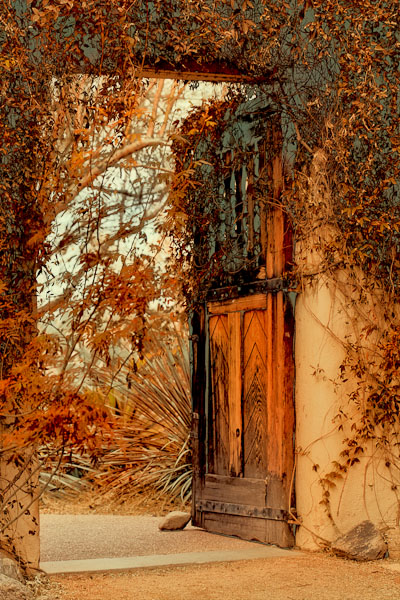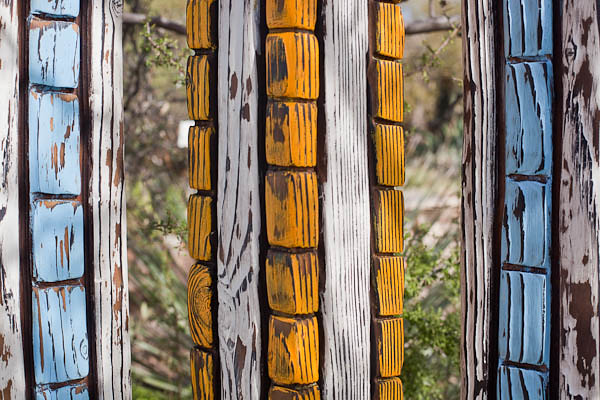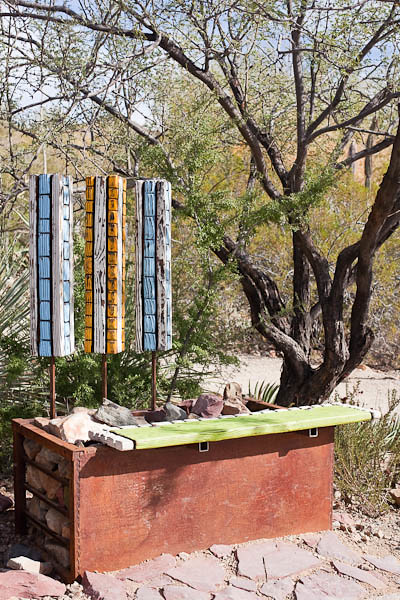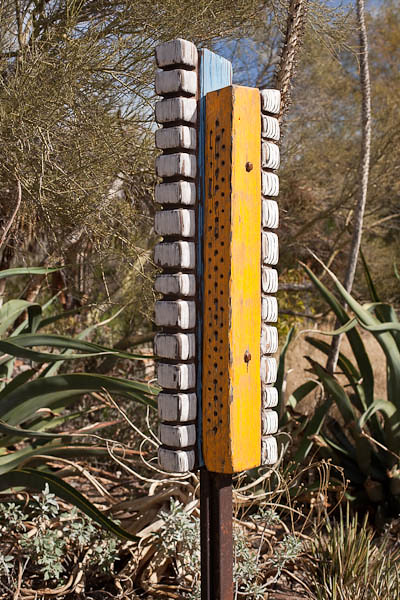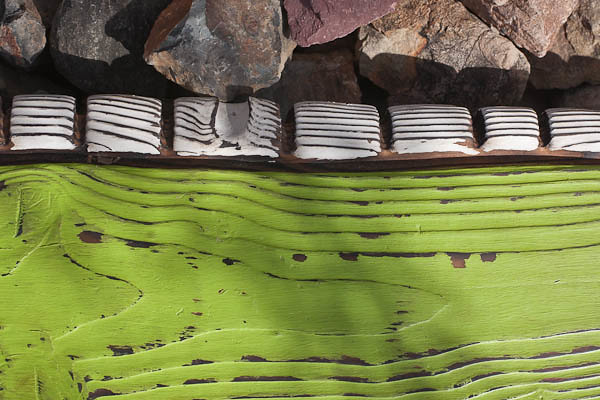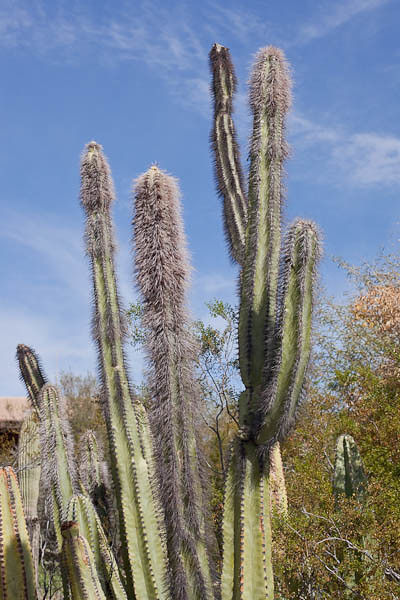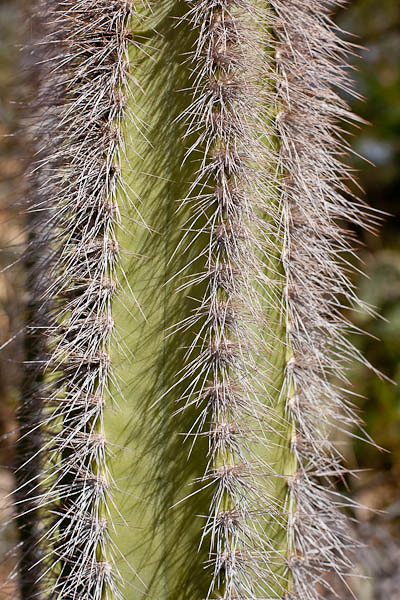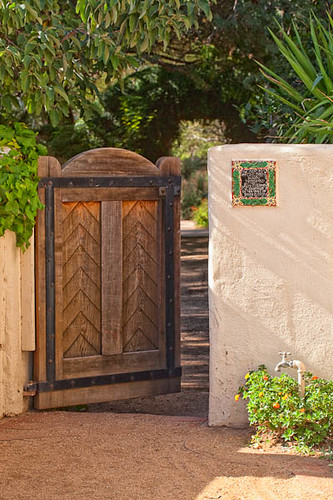“The spines have been used as phonograph needles, fishhooks, awls, needles, and for tattooing. The cactus was used as a cooking pot…cut off the top, scoop out the pulp, put hot stones and food in the cavity. The Cactus is precious and has difficulty surviving with humans.” ~ Pat Holtz
I love the desert. I love the living things I observe in the desert. I especially love the plants in the desert, including the many cactus species.
I was going to write a blog about photographing cacti and other plants in the desert, but after reading the above words ascribed to an artist and ethno-botanist, I no longer felt like writing about the desert today.
I only want to think and ponder that last line of the quote. “The cactus is precious and has difficulty surviving with humans.”
Hmmm.
——————
Bo Mackison is a photographer, owner of Seeded Earth Studio LLC. She misses the desert.

